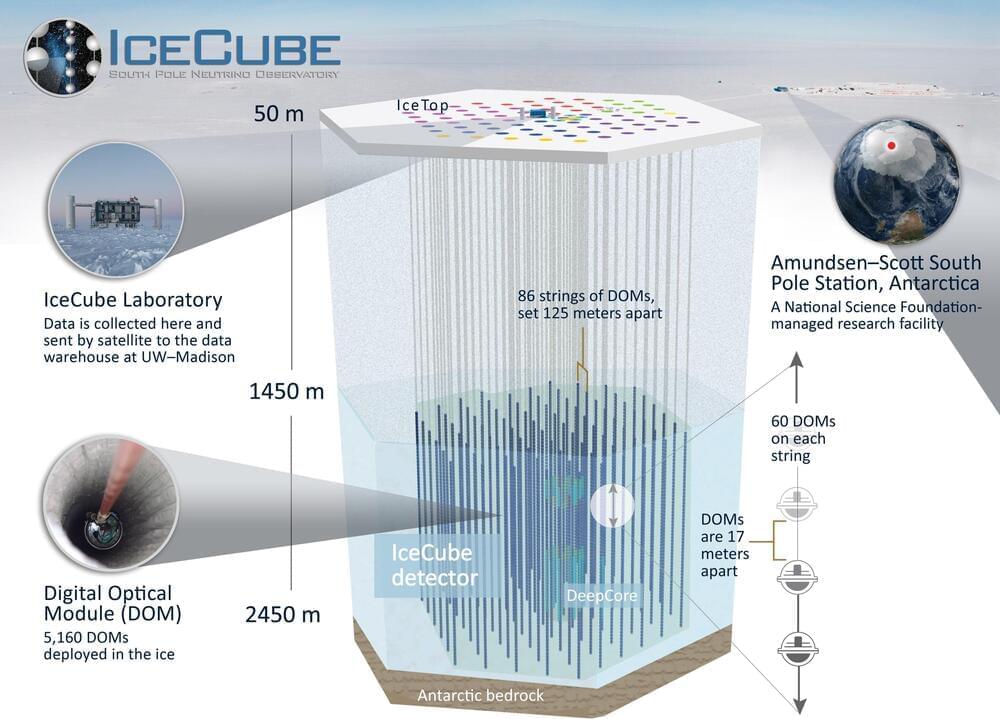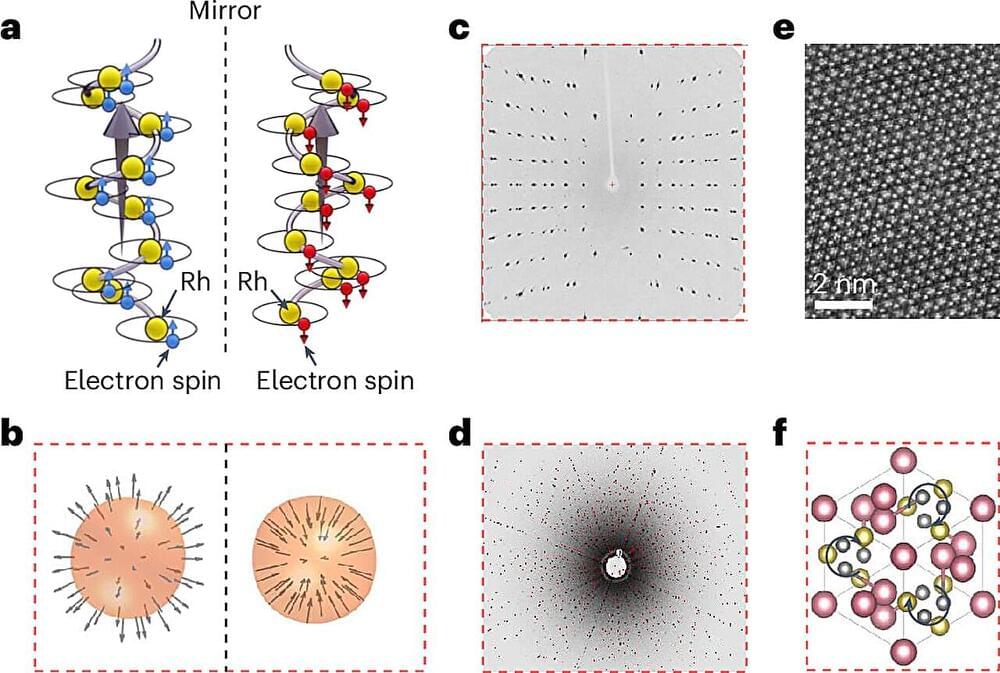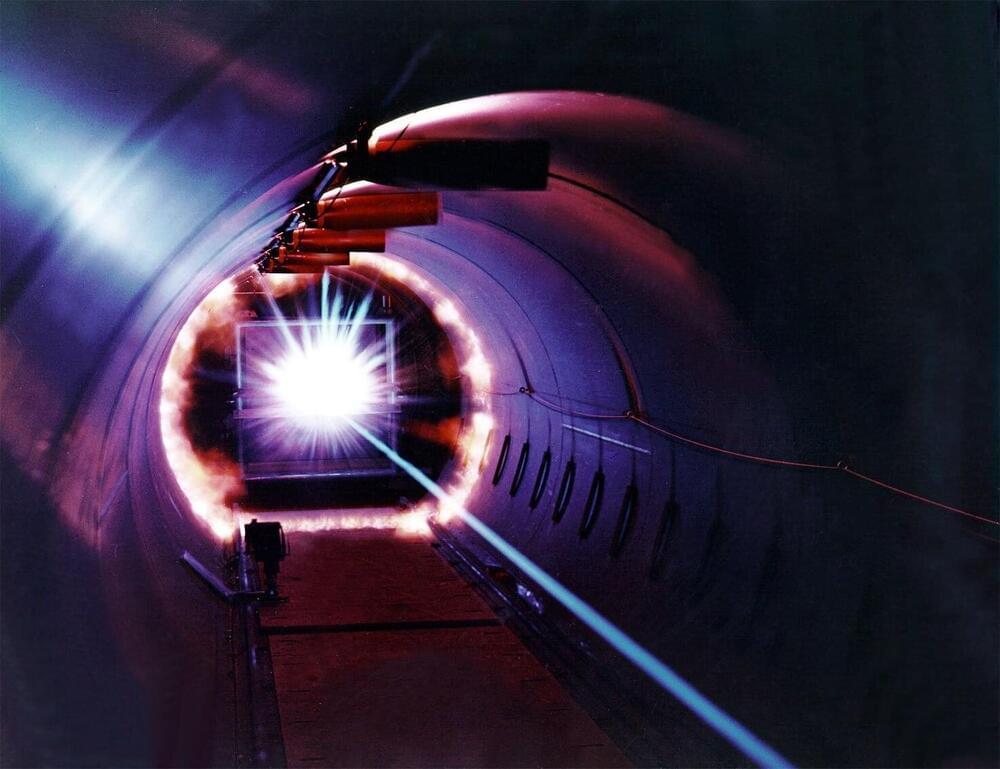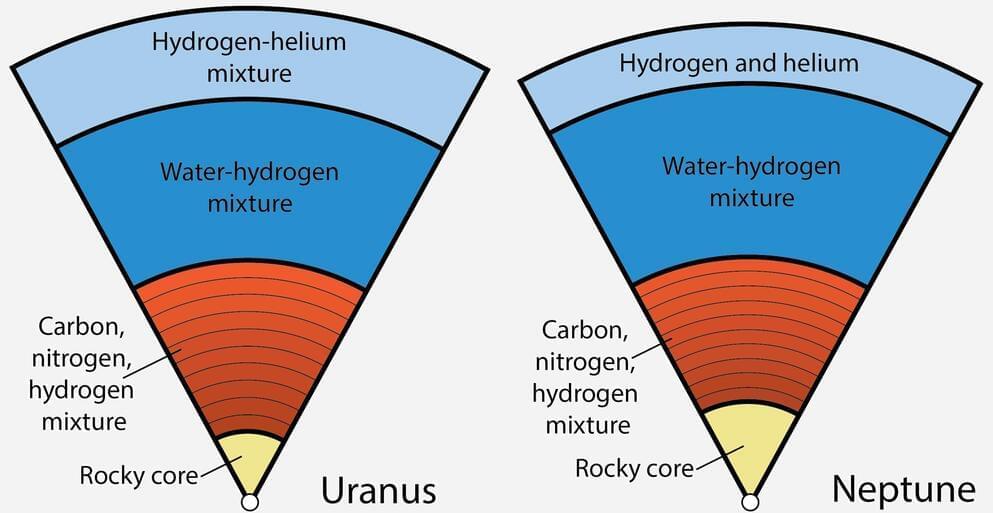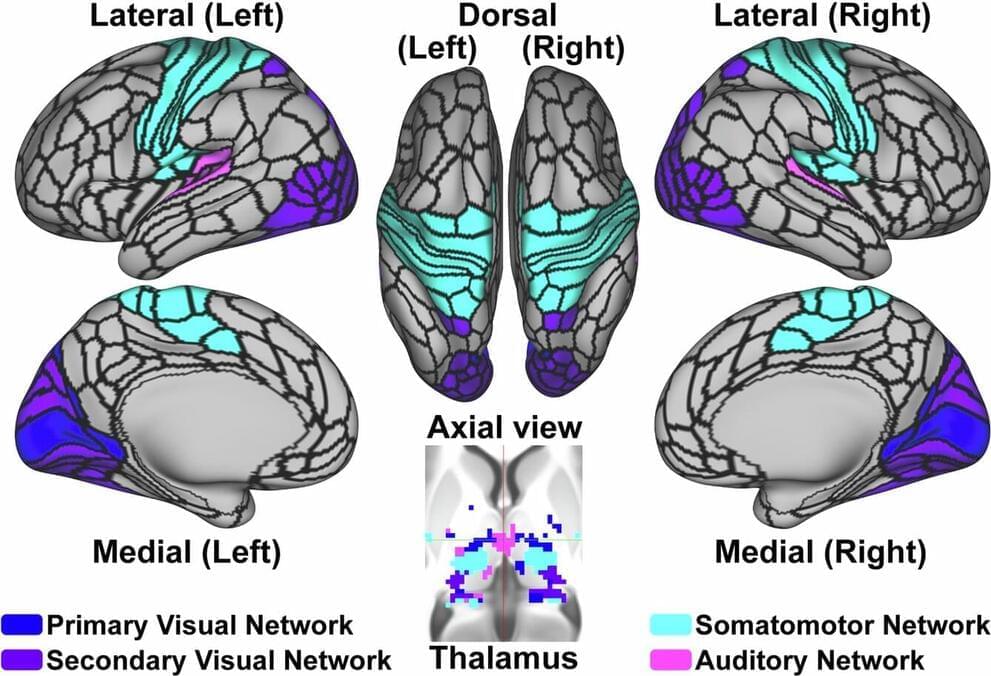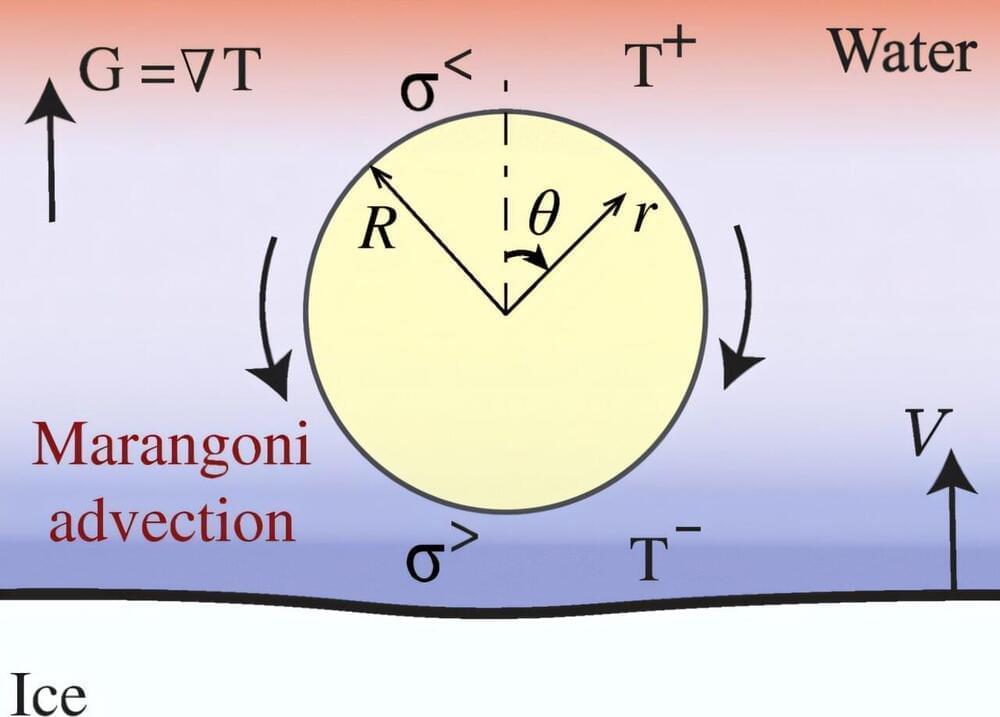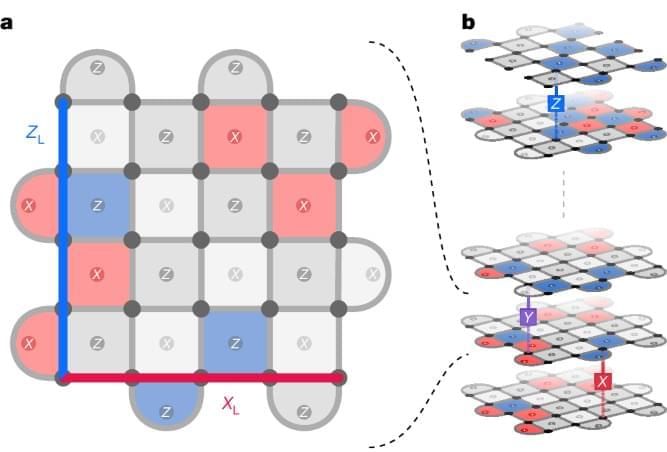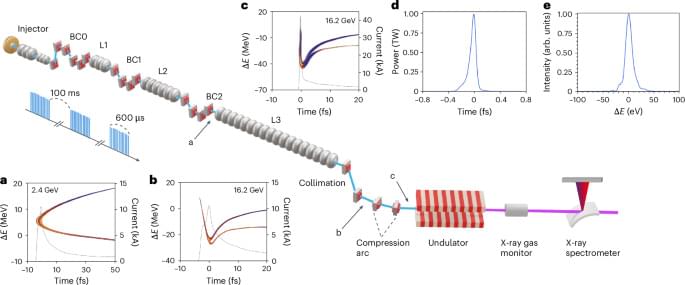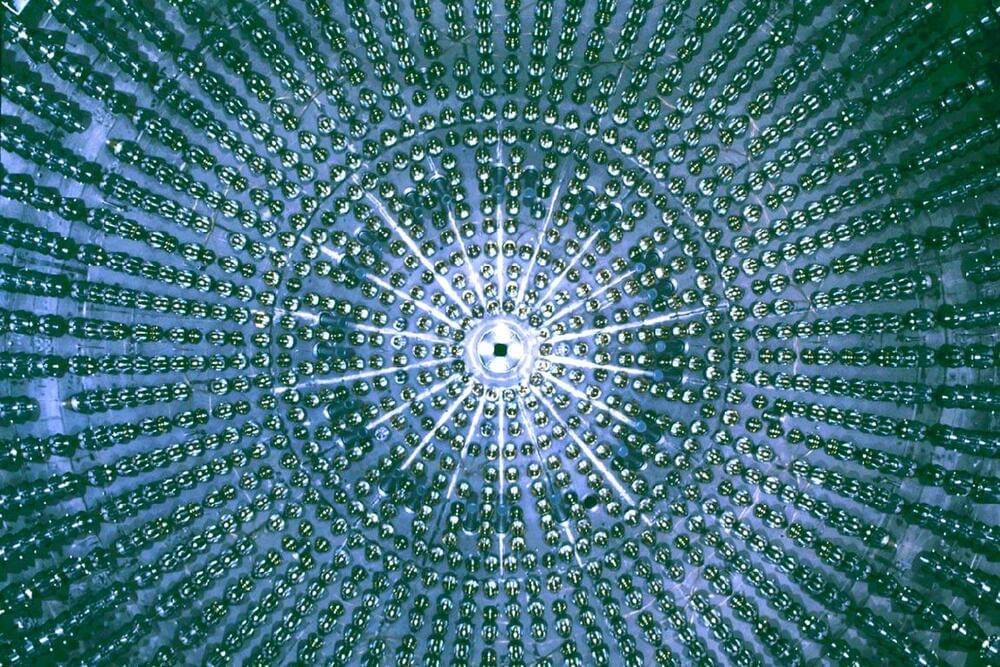Particle physicists have been looking for so-called “sterile neutrinos” for a few decades now. They are a hypothesized particle that would have a tiny mass like the three known neutrinos but would not interact by the weak force or any other Standard Model force, only through gravitational interactions.
Its existence—or their existence—would solve some anomalies seen in neutrino experiments, help answer questions beyond the Standard Model of particle physics, and, if massive enough, could explain cold dark matter or warm dark matter.
But sterile neutrinos have not been seen in any particle experiments, despite many attempts. Now an experiment by the IceCube Collaboration has used 10.7 years of data from their detector near the Amundsen-Scott South Pole Station to lower the probability that at least one sterile neutrino does not exist. Their paper appears in Physical Review Letters.
